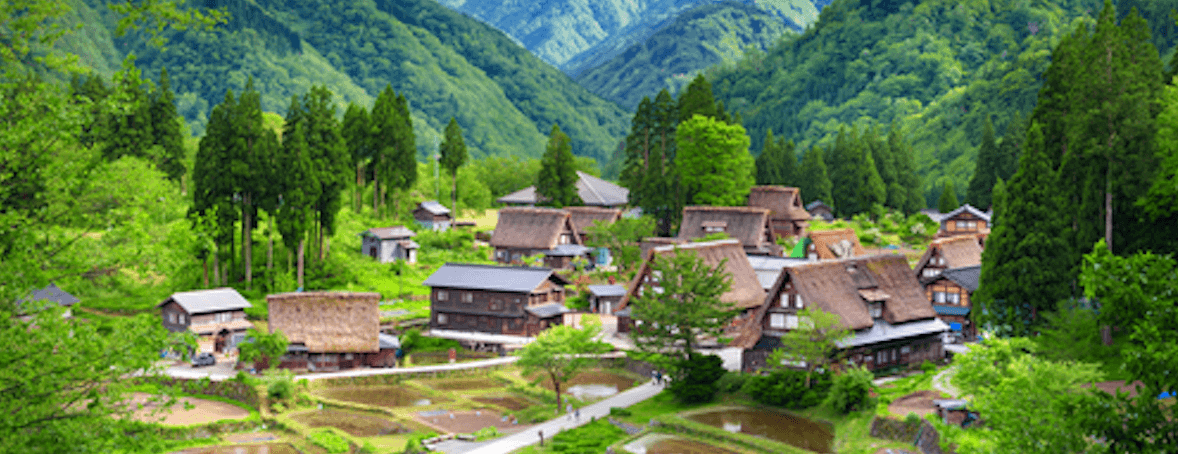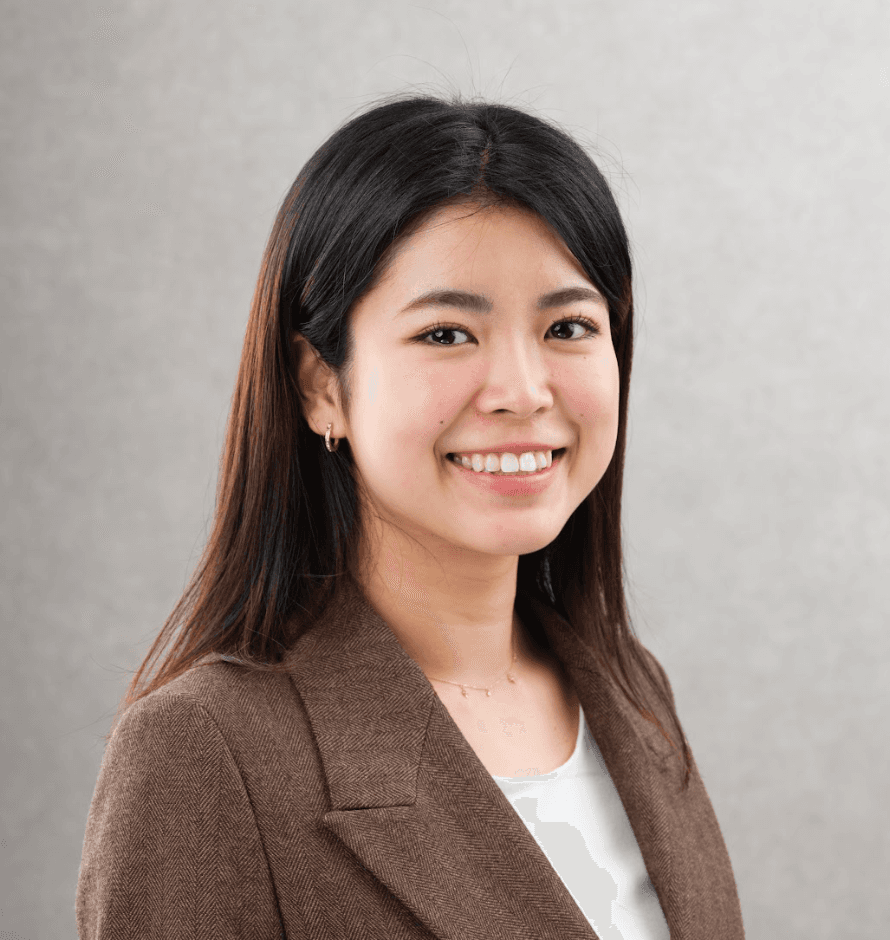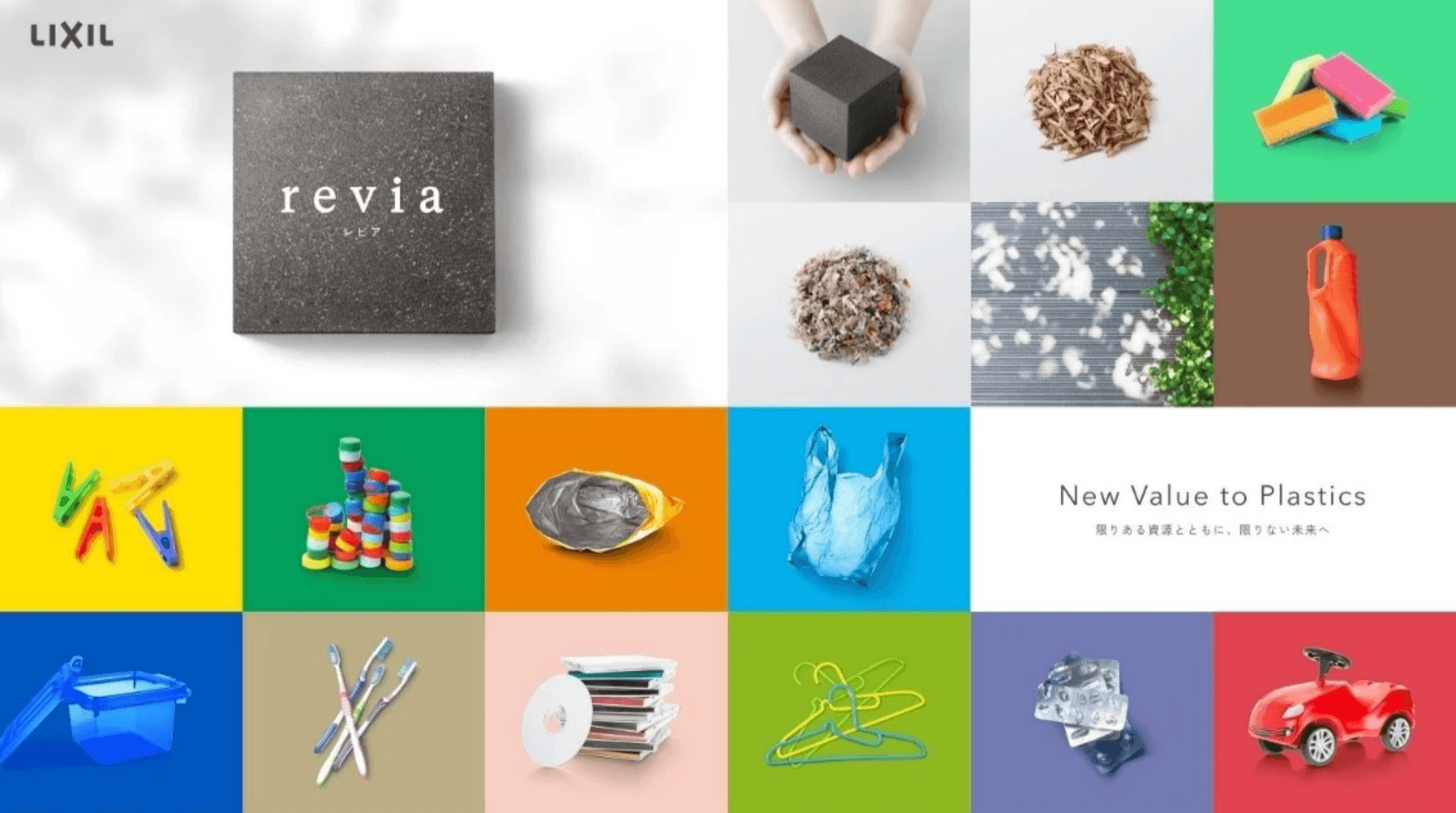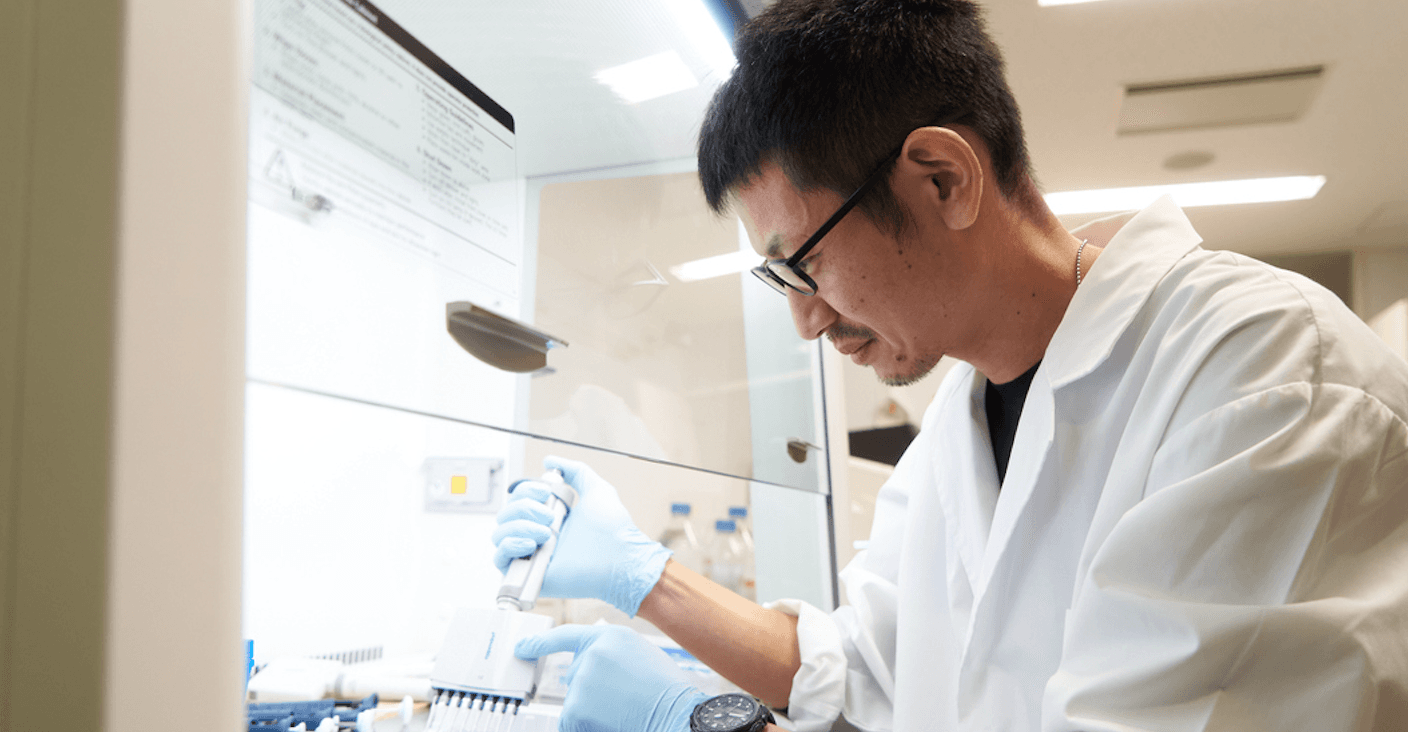On May 24, 2024, Circular Economy Hub, an initiative by Harch Inc., hosted an online event titled "Rethinking Traditional Craftsmanship through the Lens of Circular Economy." The event featured two key speakers who are deeply rooted in Japan's traditional culture and sustainability practices: Mr.Isao Kitabayashi from COS KYOTO and Ms. Kaori Hirano from Itoshiro Yohinten.
During the event, both speakers engaged in a thought-provoking discussion on how traditional Japanese life and craftsmanship align with and can be reinterpreted through the circular economy framework. While technological innovation often drives the circular economy, this article aims to shift the focus towards rethinking our lifestyles and values as we move forward. By examining the wisdom of the past and the innovative approaches of the present, we can gain valuable insights into building a more sustainable future.
The Necessity of Circular Economy
Our cycle of production, consumption, and disposal has proven wasteful and burdensome on the environment. As the global population soars past 8 billion, the demand for essential resources such as food, water, and energy continues to rise at an alarming rate. However, we must confront the stark reality that our planet's resources are finite. If we continue our current resource consumption patterns, we risk depleting the very resources that future generations will depend on, particularly non-renewable resources like oil. Such depletion would have far-reaching and devastating impacts on our lives and economic activities.
In the latter half of the 20th century, many countries prioritized substantial economic growth, often at the expense of environmental sustainability. However, the pursuit of infinite growth is ultimately a physical impossibility. Sustaining growth requires new resources, but Earth's resources are inherently limited. This is where the circular economy comes into play. The circular economy presents a new economic model that addresses these issues by designing out waste and pollution, keeping products and materials in use, and regenerating natural systems. This approach enables us to continue economic activities in a more sustainable manner, ensuring that we meet our present needs without compromising the ability of future generations to meet theirs.
Edo Period: A Circular Economy Prototype (Presenter: Mr. Isao Kitabayashi)
Did you know that Life during Japan’s Edo period (AC1603-1867) was a remarkable prototype of a circular economy?
Mr. Isao Kitabayashi highlighted the characteristics of the Edo-period circular economy in the following ways:
Local Resource Circulation: Due to limited transportation and a national seclusion policy people in the Edo period were compelled to maximize the use of local resources. Food and other necessities were produced and consumed locally, with waste often repurposed within the community.
Biological Cycles: Even in urban areas, human waste from communal lavatories was reused as agricultural fertilizer, promoting organic resource cycling and boosting agricultural productivity.
Community-based Economic Systems: The rights to sell human waste resources belonged to landlords, creating a mutual dependency that protected community members from immediate eviction and fostered close community ties. Moreover, In Edo’s castle towns, producers and consumers lived closely, making it common to repair items so they could be used longer.
Mr. Kitabayashi pointed out that people in the Edo period might not have been environmentally conscious by modern standards, but the fact that sustainable practices were a natural part of their daily lives offers valuable lessons for sustainable living today. He also stressed the need for a shift in values citing the Japanese concept of “wabi-sabi,” finding beauty in simplicity and impermanence, and the practice of repairing and reusing old and broken thingsThese concepts offer hints for the circular economy of the future. For instance, vintage clothings, once considered out of fashion, is now widely embraced by many young people. Even small changes in values toward a circular economy like this are important to make a series of positive changes.
Preserving and Evolving Traditional Craftsmanship (Presenter: Ms.Kaori Hirano)
Ms. Hirano is a modern-day inheritor of tatsuke, a traditional agricultural garment that has been passed down since the Jomon period (around BC2000) in Itoshiro, a village located deep in the mountains of Gifu Prefecture. Tatsuke embodies the essence of sustainable fashion as nearly no resources are wasted in the production process. Ms. Hirano, who majored in cultural anthropology and started her clothing store after learning the traditional technique of making clothes from the local grandmothers in Itoshiro, who told her stories of the old days.
In today's society, characterized by mass-production and mass-consumption, Ms. Hirano emphasizes the importance of learning and passing on not only the wisdom and techniques, but also the “mind” of the producers and the ancestors who have connected the culture. Developing empathy and understanding goes beyond material values and leads to the formation of a community with common values. Currently,Products from Itoshiro Yohinten are showcased at Britain’s largest folk craft exhibition, "Art Without Heroes Mingei," as a symbol of contemporary eco-conscious craftsmanship. Ms. Hirano believes that the key to heritage conservation lies in adapting traditions to modern trends while carefully selecting materials and methods that align with a desirable future. Ms. Hirano’s commitment to traditional craftsmanship exemplifies a profound respect for tradition paired with a forward-thinking approach to sustainability. By blending cultural heritage with contemporary values, she not only preserves the traditional craft but also enriches our modern understanding of ecological responsibility. Today, an increasing number of people are recognizing and embracing these traditional practices. Ms. Hirano shows us that lessons in sustainable living are embedded in our surroundings, waiting to be rediscovered and applied.
Empowering Communities: The Key to Sustainable Future
The insights shared by the two guest speakers underscored the vital importance of community in achieving a sustainable future. Historically, communities were deeply intertwined with local life, with people working collaboratively to optimize the use of local resources, including human capital, knowledge, and materials. Today, especially in urban areas, people have fewer opportunities to interact with their neighbors, and individual lives are more isolated.
To successfully transition to a circular economy, we need to rediscover and cultivate this community spirit. As Mr.Kitabayashi said, we will have to figure out how to make it a comfortable and enjoyable part of our modern lives. Ideally, we should not force significant changes at once, but rather let lifestyles and values change naturally. By leveraging the power of digital technology, we can significantly enhance information sharing and collaboration within communities, nurturing a shared sense of purpose and connection. Although a well-defined structure is crucial for advancing towards a circular economy, the path to a sustainable living is more likely to be achieved by the aggregate impact of individual actions, rather than a top-down approach, which can build the necessary momentum to realize a circular economy that benefits all.
References
COS KYOTO https://cos-kyoto.com/
Itoshiro Yohinten https://itoshiro.org/
Circular Economy Hub https://cehub.jp/event/circularx-39/



.png&w=3840&q=75)

